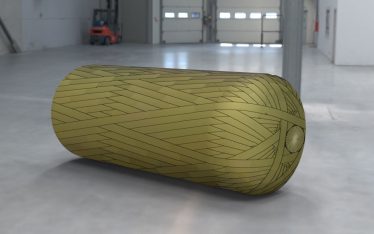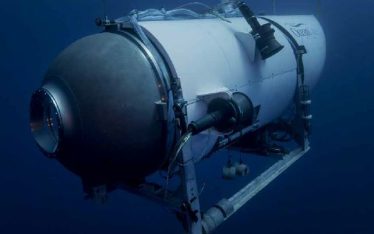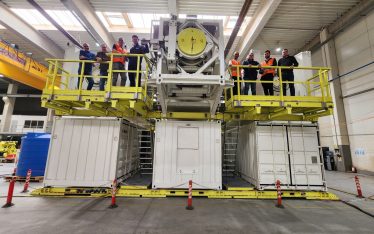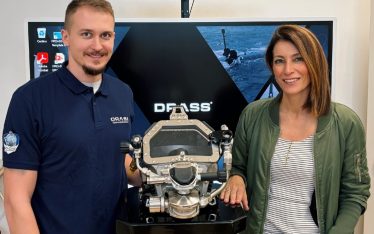We have previously analyzed the overall events involving OceanGate, with particular focus on the design and manufacturing of Titan’s pressure hull. This article explores the optimal approach for deep diving operations to the sea bottom, given what subsea technology can actually offer.
A submarine or a bathyscaph?
Vehicles transporting people subsea have a variety of names depending on the type of mission and the depth being reached; even so these names are not unanimously understood or recognized. So, firstly, let’s define a submarine as a craft operating mainly underwater, while a bathyscaph is a craft designed mainly for vertical immersion at depth or on the sea bottom. We can therefore make a distinction between submarines and bathyscaphs, assuming that we define submarines as craft engaged in patrolling missions and therefore travelling most of the time in parallel to the seabed. We define bathyscaphs as subsea vehicles submerging vertically to reach their destination or mainly revolving below a fixed point on the sea surface. This category includes the traditional bathyscaphs for ultra-deep diving, but also diving bells or capsules for offshore activities, as well as submarine rescue vehicles.
How bathyscaphs operated in the past and why
The operation of bathyscaphs, irrespective of their operational depth, has always been conditioned by the scope of finding and reaching a specific target on the seabed. Traditionally, the mother vessel was incapable of locating the target or keeping a stable position at sea on the vertical of the target. In the past, this difficulty has resulted in giving bathyscaphs additional submarine-like features such as effective propulsion and navigation features.
Exploration of large areas of the seabed also favoured autonomous vehicles, disconnected from the mothership. Obvious negative aspects of this configuration include reduced communication with the mothership, limited reserve of energy on board, and the risk of losing the bathyscaph at sea in the event of a failure. Another drawback of the bathyscaph is its reduced size and complexity, when compared to a conventional submarine, due to its need for launch and recovery from the mothership. With such a limited size, the embarkation of complex and redundant safety systems or large crews is not feasible.
The technological evolution in manned subsea operations: diving and submarine rescue
The situation started to change when mother vessels became mainly DP (dynamic positioning) ships and embarked sophisticated 3D sonar suites capable of enhanced detection and imaging of the seabed at depth. Such an evolution allowed diving operations with subsea capsules (diving bells) to position on the vertical of the target with precision, connecting with a long and robust umbilical cable (or tether). The safety of manned diving operations has greatly increased thanks to the tethered approach capable of (A) transmitting unlimited energy and real-time high-quality communication to the diving craft, and (B) recovering the craft to surface in the event of an emergency.
Connection with umbilical is currently the only accepted standard for unmanned subsea operations by ROVs (Remotely Operated Vehicles) and is becoming the standard for manned submarine rescue operations(1). In the military submarine rescue field, the US Navy operates a tethered vehicle to connect and evacuate sailors from a distressed submarine up to the depth of 600 msw, while the Italian Navy is completing a 600 msw rated system designed by DRASS and Saipem. This latest design connects a 4000 msw Saipem Innovator 2.0 ROV with a DRASS 600 msw rescue capsule. DRASS 600 msw capsule reaches the maximum operational depth for a submarine rescue operation, while the Saipem ROV, in its stand-alone configuration (i.e. disconnected from the rescue capsule), performs subsea intervention up to the depth of 4000 msw.
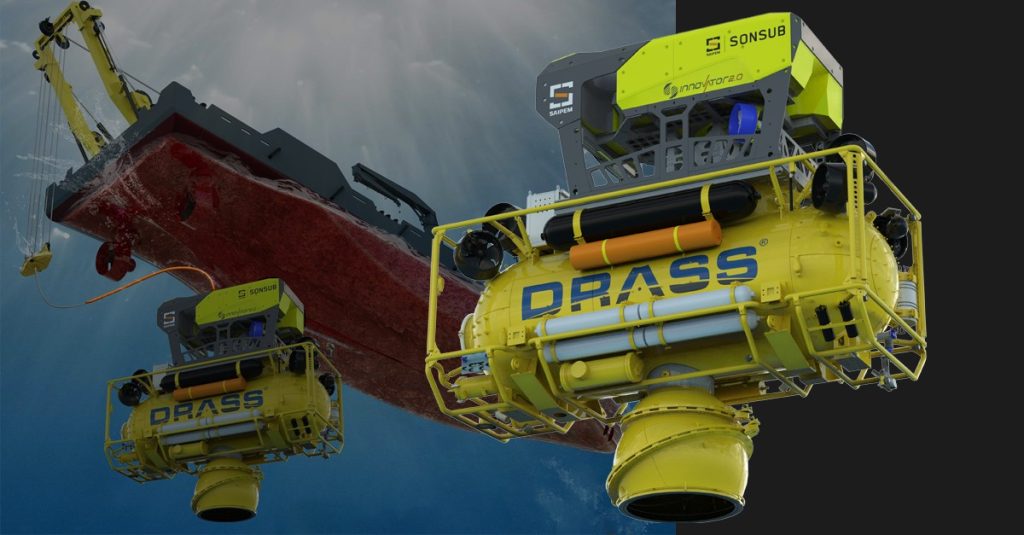
Submarine rescue operations conducted with free diving crafts belong to a previous generation and are currently sub-standard, given the capability and availability of tethered technology. In brief, free diving crafts do not deliver adequate safety or performance. A free diving craft can only operate for a short period of time due to limited energy storage in the battery pack and is off duty for the entire recharging cycle. Moreover, the limited stored energy on board does not allow for a sufficiently powerful propulsion to overcome subsea currents.
In summary, when it comes to very deep diving, and properly defined bathyscaphs, a tethered connection is the highly recommended option – if not a safety must-have. The latest ultra-deep ROVs are already equipped with robust tethers capable of recovering the craft in water, that are also slim enough to avoid significant drag in subsea currents.
Deep manned diving, why?
We cannot determine a scientific or technological reason for conducting very deep diving manned operations, considering that egress from the capsule is not allowed due to the extreme pressure, and all the information is provided from sensors installed outside the hull. The same deliverables can be provided by unmanned vehicles without putting human life at unnecessary risk.
Recent OceanGate events raise questions about ultra-deep manned diving as a touristic attraction. Such events are rare and somehow difficult to justify since the business case is based on the availability of wealthy individuals to finance costly expeditions for a few hours of adventure. Indeed, to break even or reach profitability, it is quite difficult to meet all the costly safety standards in terms of equipment and procedures that a corporate or governmental entity has in place without cutting some corners.
In any case, Titan’s tragic story provides an opportunity to revisit the issue of proper configuration for a manned bathyscaph rated for very deep diving.
Very deep manned diving. Responsibly
Having established that the integrity of the pressure hull is paramount, and that neither hull design or its manufacturing can accept compromise, the remaining risk factor predominately relates to failures of the electrical and hydraulic equipment on board. Each of these failures can be bypassed by an externally actuated recovery of the craft to surface by a tethered connection.
A tethered bathyscaph implies a slightly more elaborate configuration with additional equipment installed on board the mother vessel. However, any properly planned diving operation with a free diving craft would require an assisting ROV to provide backup recovery of the subsea vehicle with similar, if not heavier, complexity compared to a tethered design.
In conclusion, manned operations at depth carry unavoidable risks due to the extremely challenging environment. A diving craft in free diving configuration provides poorer performance and brings added risk factors, something that is simply indefensible given the present-day availability of advanced underwater technology. The responsible approach? Tethered all the way.
(1) A new range of unmanned, free diving autonomous vehicles is currently in development by industry to support resident subsea structures and for other specific purposes but is not a topic in this series of articles.
